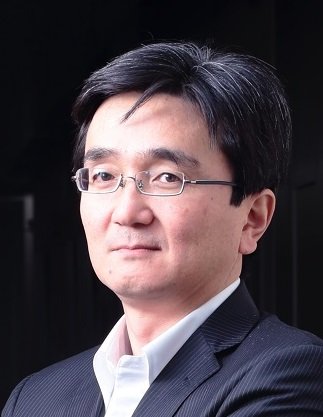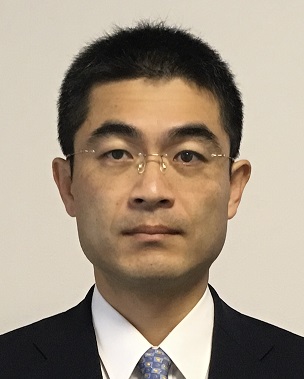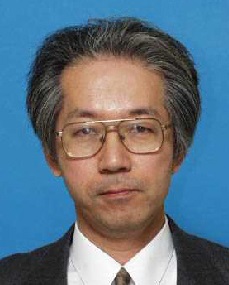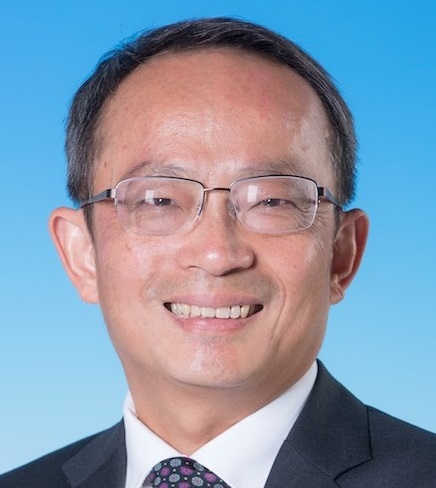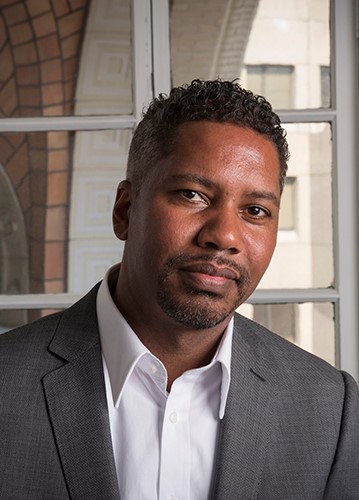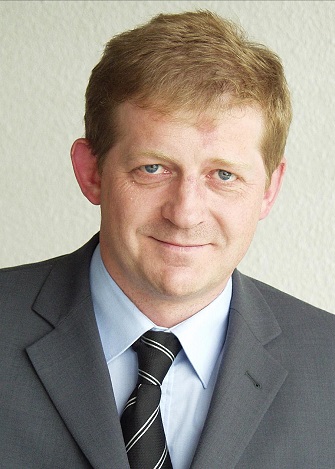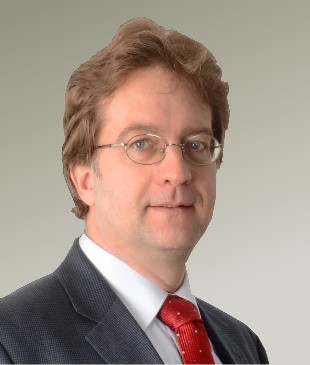Low power consumption is one of the most important requirements for present and future integrated systems, particularly IoT applications, some of which should be driven by battery with no need of replacement or energy harvesting power supply. Here, reduction in supply voltage is most effective in power reduction. Low supply voltage operation of charge-based logic switch devices can be achieved typically by two strategies. One is realization of higher Ion due to higher mobility or velocity channels. Since on-current under ballistic/quasi ballistic transport is proportional to injection velocity at source edge, low effective mass materials are preferred. From this viewpoint, III-V/Ge materials are promising. The other strategy is to develop steep slope devices with lower sub-threshold swing than CMOS. For this purpose, there are two directions, sensitivity increase in surface potential with respect to gate voltage change and introduction of a new carrier conduction mechanism. Examples of the former and the latter directions are negative gate capacitance MOSFETs and tunnel FETs (TFETs), respectively. Particularly, TFETs have recently stirred a strong interest, because of the high compatibility with CMOS platform. Here, materials with small and/or direct band gap such as III-V and Ge are preferred to enhance on-current of TFETs. In this presentation, the critical issues and difficult challenges of such ultra-low power MOS devices are addressed with an emphasis on Ge and III-V channels. Some of viable technologies and demonstrated devices on the Si CMOS platform are introduced for solving these problems.
|
Biography: Shinichi Takagi was born in Tokyo, Japan, on August 25, 1959. He received the B.S., M.S. and Ph.D. degrees in electronic engineering from the University of Tokyo, Tokyo, Japan, in 1982, 1984 and 1987, respectively. His Ph.D. thesis involved the study on the surface carrier transport in MISFETs based on III-V semiconductors. He joined the Toshiba Research and Development Center, Kawasaki, Japan, in 1987, where he has been engaged in the research on the device physics of Si MOSFETs, including the carrier transport in the inversion layer, the impact ionization phenomena, the hot carrier degradation and the electric properties of Si/SiO2 interface. From 1993 to 1995, he was a Visiting Scholar at Stanford University, Stanford, CA, where he studied the Si/SiGe hetero-structure devices. Since returning to the ULSI Research Laboratories, he was also engaged in the physics and technology of the reliability of SiO2, ferroelectric devices and strained-Si MOS devices. He worked for the MIRAI Project as the leader of Ultra-High Performance New Transistor Structures Theme from 2001 to 2007. In October 2003, he moved to the University of Tokyo, where he is currently working as a professor in the department of Electrical Engineering and Information Systems, School of Engineering. His recent interests include the science and the technologies of advanced CMOS devices using new channel materials such as strained-Si, Ge and III-Vs. Dr. Takagi served on the technical program committee on several international conferences including International Electron Device Meeting, Symposium on VLSI Technology, International Reliability Physics Symposium, International Conference on Solid State Device and Materials and International Solid State Circuits Conference. He is a member of the IEEE Electron Device Society and the Japan Society of Applied Physics. |
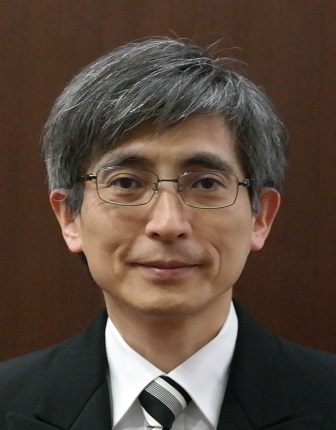
|
